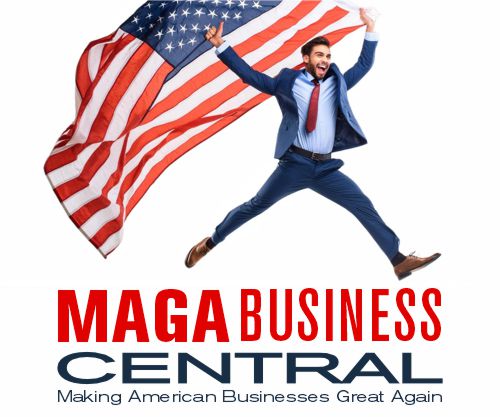Despite joining the WTO in 2001, China did not evolve into the fully-fledged market economy that the United States had hoped for.
WASHINGTON—As part of a major shift in U.S. trade policy, President Donald Trump has ramped up tariffs on Chinese goods, which he said will revive domestic manufacturing and correct decades of imbalanced trade between the two economies.
At the April 2 “Make America Wealthy Again” event in the White House Rose Garden, Trump unveiled the contours of his global tariff plans, including a 34 percent reciprocal levy on Beijing. The president noted China’s currency manipulation and other non-monetary trade barriers.
This decision raised the total new tariffs on China to 54 percent, including the 20 percent levies previously imposed to pressure Beijing into reducing the flow of fentanyl into the United States.
This move will impact the approximately $600 billion in annual trade and bring tariffs on nearly all Chinese goods close to the 60 percent rate Trump had previously promised during his campaign.
Trump said that the United States holds leverage over other nations, including China, due to its status as the world’s largest and wealthiest consumer market.
“Foreign nations will finally be asked to pay for the privilege of access to our market, the biggest market in the world,” Trump said during his Rose Garden speech.
China quickly hit back, announcing that, starting April 10, it would impose 34 percent tariffs on imports of all U.S. goods. This move was part of a broader set of retaliatory actions, including tightening export controls on various rare earth elements and adding U.S. companies to the government’s “unreliable entities list.”
Beijing also filed a complaint with the World Trade Organization (WTO), following through on a threat earlier this week.
In response, Trump said the Chinese regime “played it wrong.”
“They panicked—the one thing they cannot afford to do,” the president said in a post on social media platform Truth Social.
By Emel Akan and Andrew Moran







